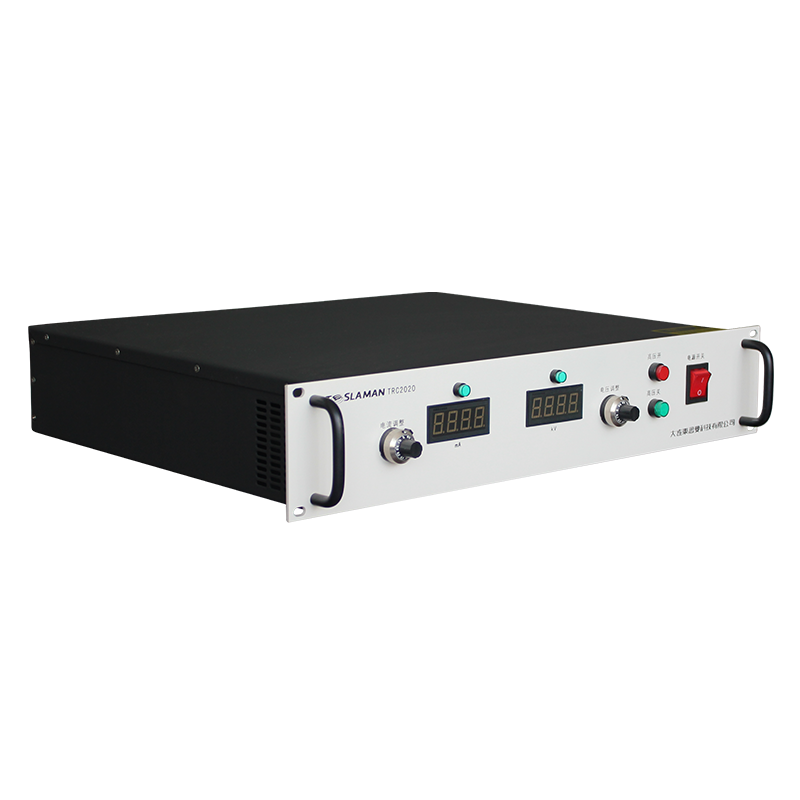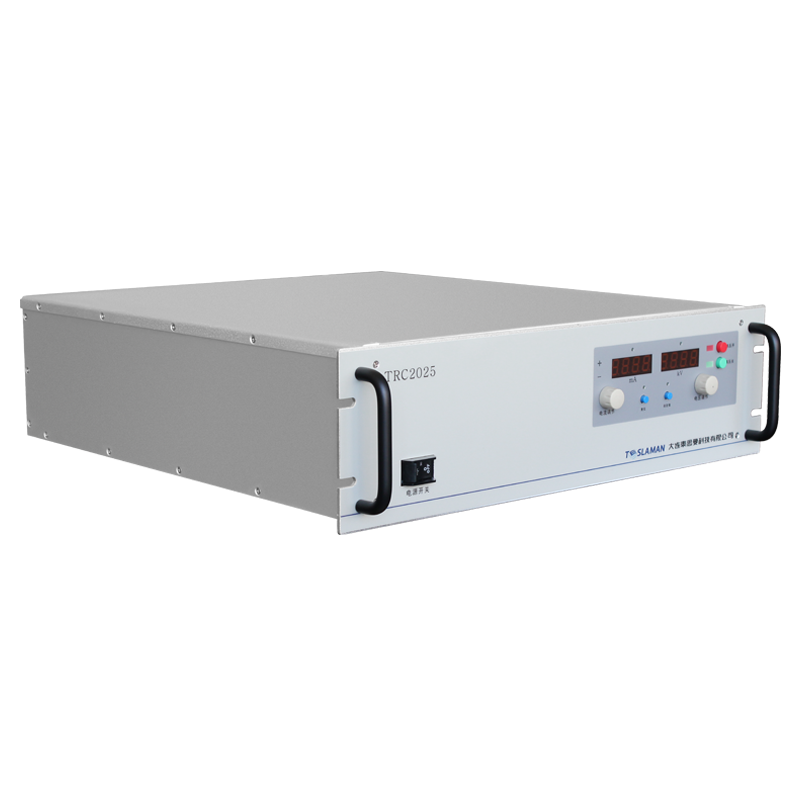Electron Beam Focusing Stability of High-Voltage Power Supplies in Electron Beam Systems
In the fields of modern precision machining and scientific research experiments, electron beam systems are widely used in scenarios such as material surface modification and nanoscale processing, thanks to their high energy density and precision. The stability of electron beam focusing directly determines the machining accuracy and the reliability of experimental results. As the energy core of electron beam systems, the performance of high-voltage power supplies plays a decisive role in the stability of electron beam focusing.
The working principle of electron beam systems is based on the acceleration of electrons in an electric field and their deflection in a magnetic field. High-voltage power supplies generate a strong electric field to accelerate electrons from the cathode to extremely high speeds. Subsequently, the electron beam is focused by the magnetic field generated by electromagnetic lenses. During this process, the stability of the output voltage of the high-voltage power supply is the foundation for ensuring the focusing accuracy of the electron beam. Even a slight fluctuation in voltage can cause differences in the kinetic energy of electrons, leading to divergence or deviation of the electron beam during focusing and affecting the accuracy of machining and experiments.
There are numerous factors that affect the focusing stability of high-voltage power supplies in electron beam systems. Firstly, power supply ripple is a major source of interference. Even a small ripple voltage superimposed on the output voltage can lead to uneven energy distribution of the electron beam, resulting in a larger focused spot size and blurred edges. Secondly, load changes can alter the output characteristics of the power supply. When the electron beam bombards different materials or is in different machining stages, the system load changes accordingly. If the high-voltage power supply cannot respond quickly, it will disrupt the focusing state of the electron beam. Additionally, ambient temperature and electromagnetic interference cannot be ignored. Temperature changes can affect the parameters of internal components of the power supply, while external electromagnetic interference may couple into the power supply circuit and disrupt normal output.
To enhance the stability of electron beam focusing, approaches can be taken from both power supply design and system optimization. In terms of power supply design, multi-stage filter circuits are employed to suppress ripple, and high-precision voltage feedback control technology is combined to achieve dynamic adjustment of the output voltage. For example, digital signal processing (DSP) chips are introduced to monitor voltage fluctuations in real time, and closed-loop control algorithms are used to quickly correct the output. In system optimization, a load-adaptive adjustment mechanism is established to automatically adjust the power supply output parameters according to the operating state of the electron beam. Meanwhile, electromagnetic shielding is designed for high-voltage power supplies, and components with high temperature resistance and low temperature drift are selected to reduce the impact of environmental factors.
In addition, a comprehensive monitoring and maintenance system needs to be established. Sensors are set along the electron beam path to monitor the energy distribution and focusing state of the electron beam in real time. Once anomalies are detected, feedback is provided promptly, and the parameters of the high-voltage power supply are adjusted. Regular performance testing and maintenance of high-voltage power supplies ensure their long-term stable operation.
In conclusion, the performance of high-voltage power supplies in electron beam systems is a core factor in ensuring the stability of electron beam focusing. By optimizing power supply design, improving system configuration, and strengthening monitoring and maintenance, the stability and reliability of electron beam focusing can be effectively enhanced, promoting the application and development of electron beam technology in more cutting-edge fields.




















